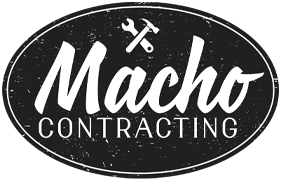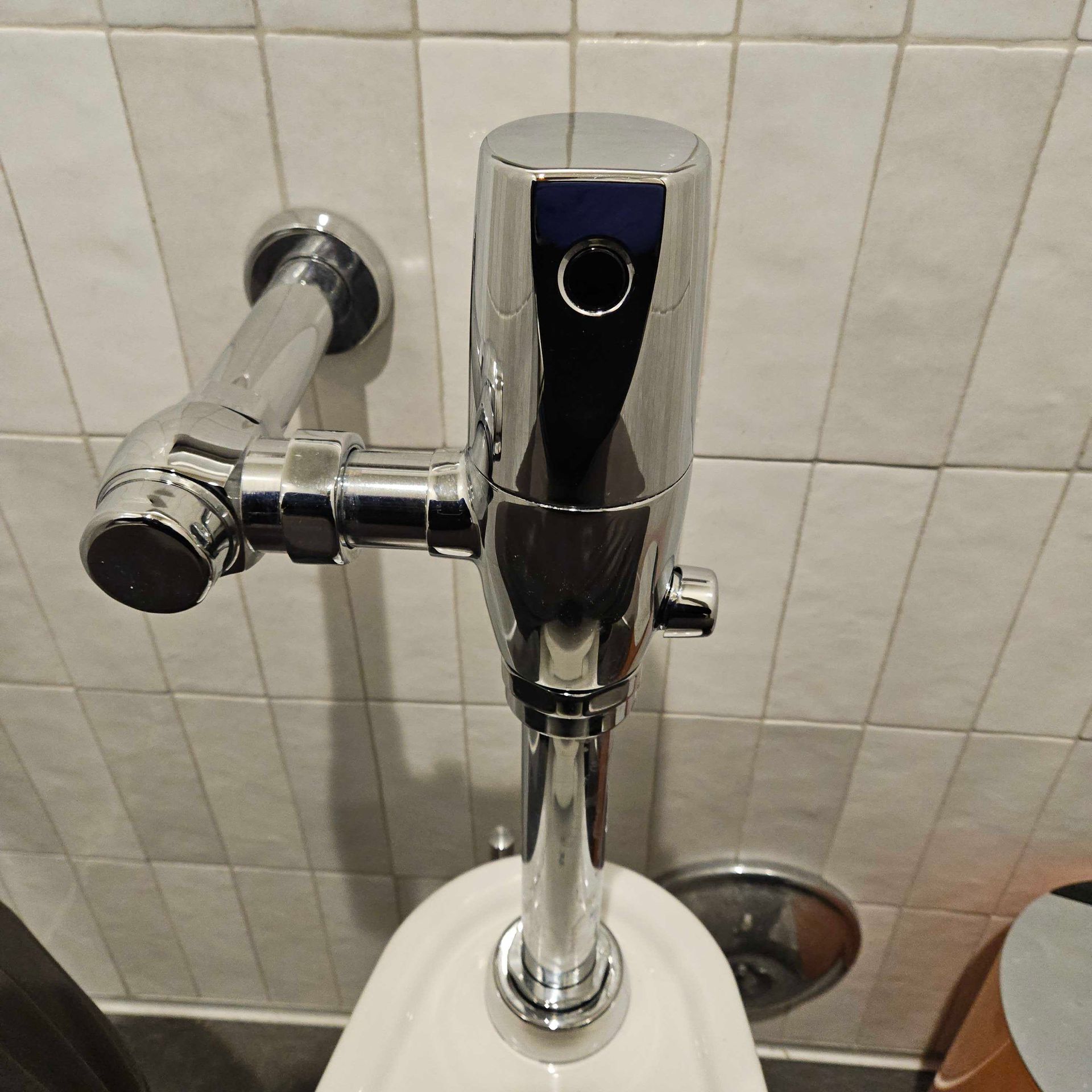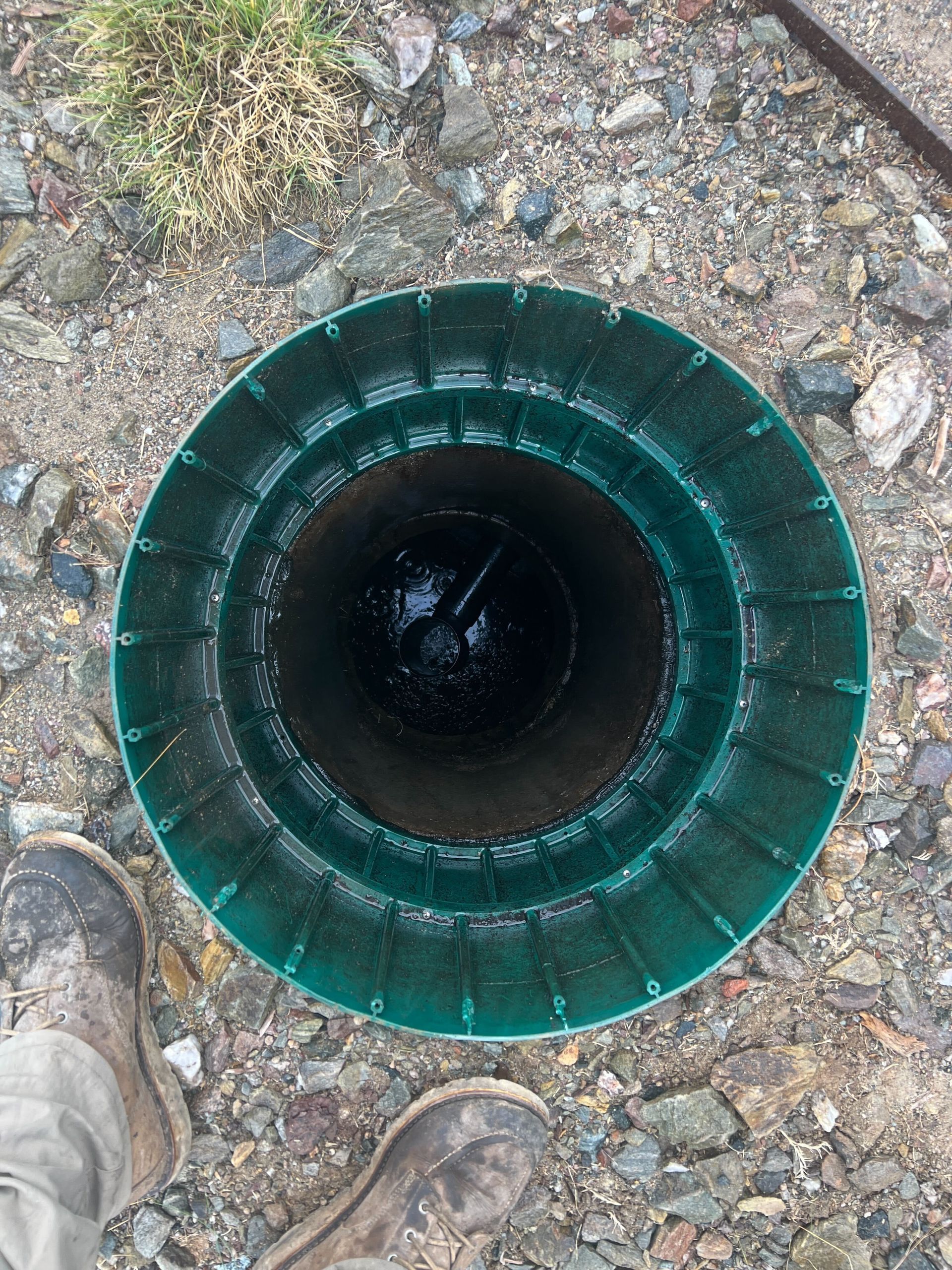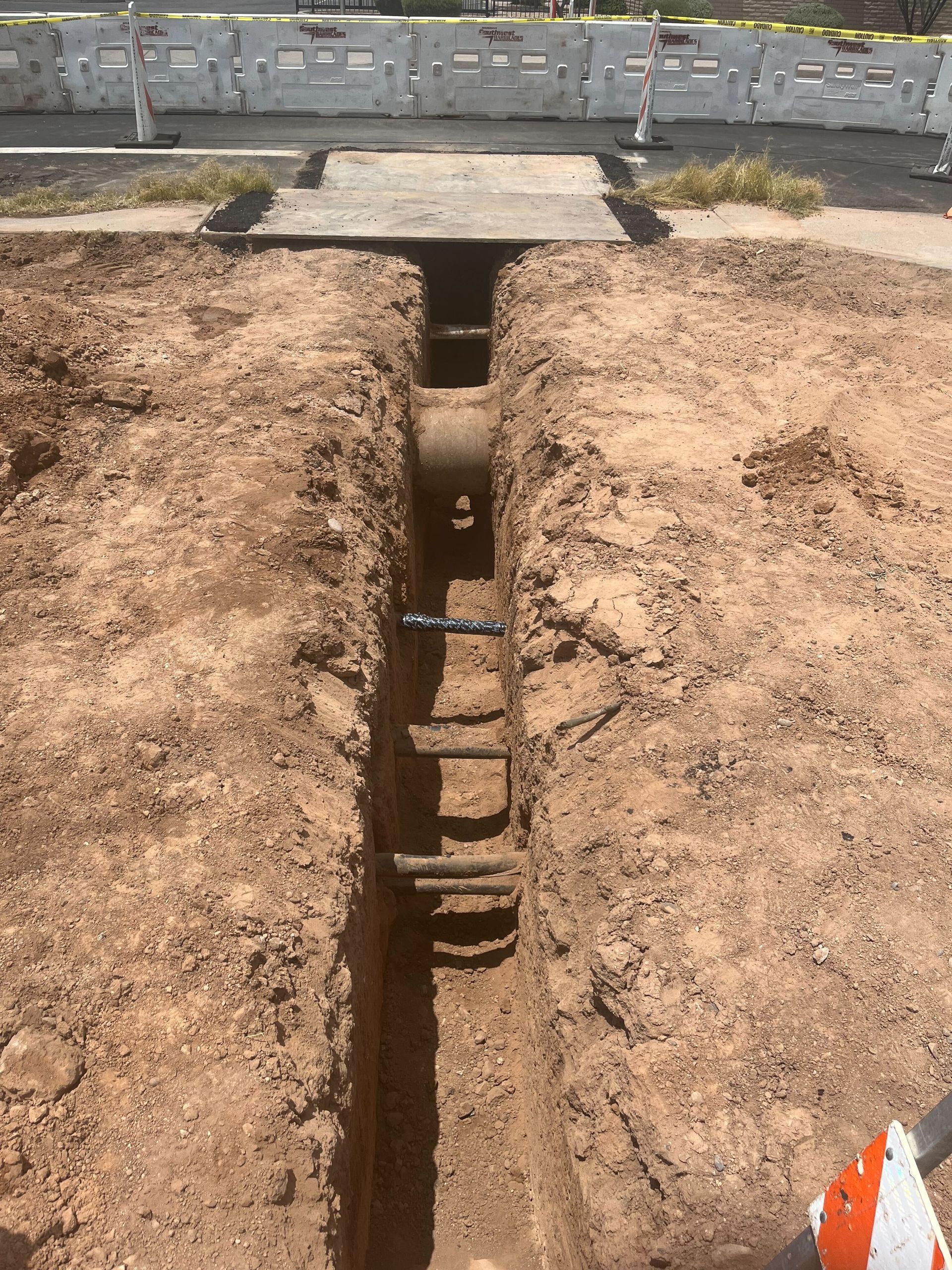October 16, 2025
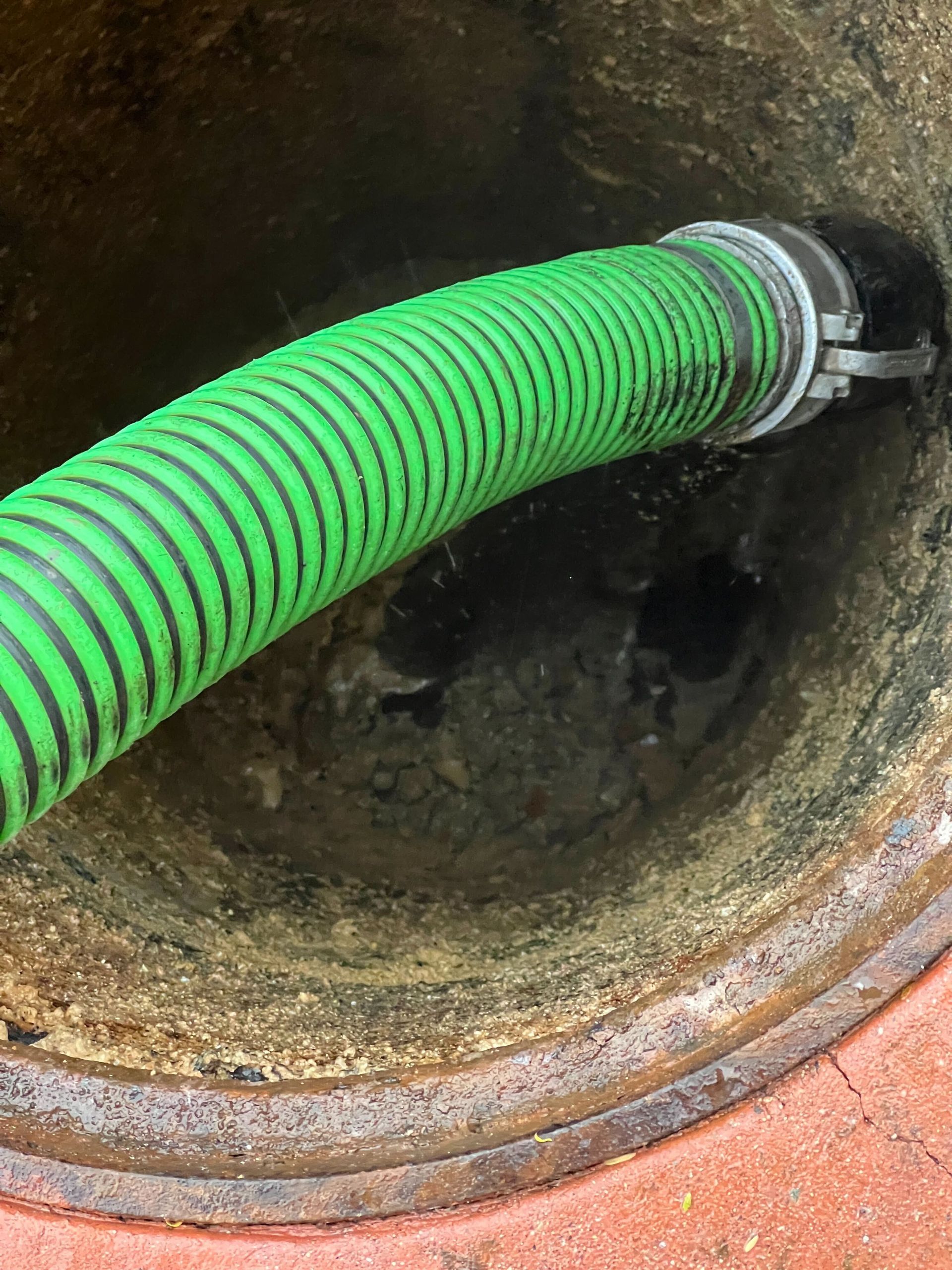
Septic systems are a common wastewater treatment solution for homes and businesses in areas without access to municipal sewer systems. Properly maintaining a septic system is crucial for its longevity and effectiveness. One aspect of maintenance that often raises questions is the choice of a garbage disposal unit. Not all disposals are suitable for use with septic systems, so it's essential to understand the different types available and their impact on your septic system.
Types of Disposals
- Standard Garbage Disposal:
Standard garbage disposals, also known as continuous feed disposals, are the most common type found in homes. They work by continuously grinding and flushing food waste down the drain. While convenient, they may not be the best choice for septic systems. The constant flow of waste can overload the septic tank, leading to more frequent pump-outs and potential strain on the system.
- Batch Feed Disposal:
Batch feed disposals operate differently from continuous feed units. Instead of grinding food waste continuously, they work in batches. You load the disposal with food waste, cover it with a stopper, and then activate the unit. This approach reduces the volume of waste entering the septic system at one time, making it a better choice for septic tank health.
- Septic-Safe Disposals:
Some manufacturers produce garbage disposals specifically designed for use with septic systems. These units often have larger chambers that hold more waste before grinding, reducing the load on your septic tank. Additionally, they may use enzymes or other technologies to help break down waste more efficiently, potentially improving septic system performance.
- High-Power Disposals:
While high-power disposals can efficiently grind food waste, they can also be more taxing on septic systems due to the volume and speed at which they operate. If you have a high-power disposal, it's essential to use it sparingly and avoid overwhelming your septic system.
Choosing the Right Disposal
Selecting the right disposal for your septic system depends on various factors:
- Septic Tank Size: Consider the size of your septic tank. Smaller tanks will be more sensitive to waste loads, so a batch feed or septic-safe disposal may be a better fit.
- Household Size: The number of people in your household can impact waste generation. Larger households may benefit from disposals designed for septic use.
- Maintenance: Regular septic tank maintenance, including pumping, can help mitigate some of the issues associated with disposals. If you're diligent about maintenance, you may have more flexibility in your disposal choice.
Maintenance Tips
Regardless of the disposal type you choose, it's essential to follow some general maintenance tips to protect your septic system:
- Limit Solid Waste: Avoid disposing of large quantities of solid waste, like bones or fruit pits, as these can accumulate in the septic tank.
- Use Cold Water: Run cold water when using the disposal to help solidify grease and prevent it from clogging pipes.
- Avoid Chemicals: Do not use chemical drain cleaners, as they can harm the beneficial bacteria in your septic tank.
- Regular Pumping: Stick to a routine septic tank pumping schedule to remove accumulated solids and maintain system health.
-
When choosing a garbage disposal for your home with a septic system, it's essential to consider the type of disposal, your household size, and your septic tank's capacity. While some disposals can be more septic-friendly than others, proper maintenance and responsible use are key to ensuring the longevity and functionality of your septic system. Always consult with a professional if you have concerns about the compatibility of your disposal with your septic system.

